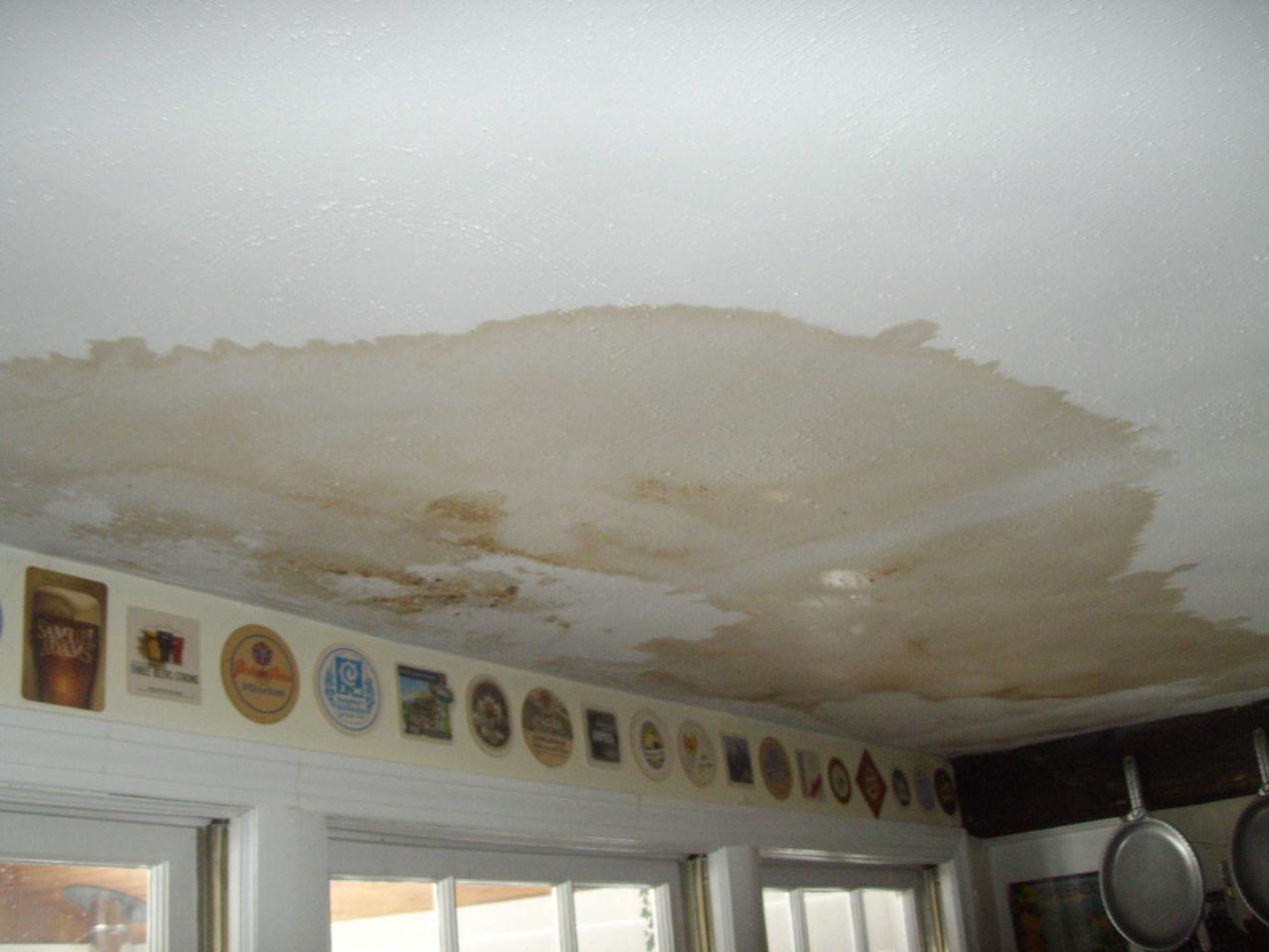Do's & Don'ts of Water Restoration.
Do's & Don'ts of Water Restoration.
Blog Article
Have you been hunting for help and advice around Simple Solutions To Preventing Fire And Water Damage To Your Home?

Water gives life, water intrusion on components where it's not intended to be can result in damage. Homes with water damage scent stuffy and also old.
Water can originate from lots of sources such as hurricanes, floods, burst pipelines, leakages, and also sewage system problems. In case you experience water damages, it would be good to recognize some security preventative measures. Below are a few standards on how to deal with water damage.
Do Prioritize Residence Insurance Insurance Coverage
Water damages from flooding dues to hefty winds is seasonal. However, you can likewise experience an abrupt flood when a malfunctioning pipeline all of a sudden breaks into your home. It would be best to have house insurance policy that covers both disasters such as natural calamities, and emergencies like broken plumbing.
Don't Forget to Shut Off Utilities
In the event of a catastrophe, especially if you reside in a flood-prone location, it would certainly be a good idea to turn off the major electrical circuit. This cuts off power to your entire home, protecting against electrical shocks when water is available in as it is a conductor. Moreover, do not fail to remember to turn off the major water line valve. When floodwaters are high, furniture will certainly move around and also create damages. Having the main valve shut down stops further damages.
Do Stay Proactive as well as Heed Weather Condition Signals
Pay attention to emptying warnings if you live near a creek, lake, or river . Doing so minimizes potential residential or commercial property damage.
Do Not Disregard the Roof
You can avoid rainfall damages if there are no holes and also leaks in your roof covering. This will certainly stop water from flowing down your wall surfaces and soaking your ceiling.
Do Take Notice Of Little Leakages
A burst pipeline does not happen over night. Usually, there are warnings that show you have compromised pipelines in your home. For example, you might discover gurgling paint, peeling off wallpaper, water streaks, water spots, or trickling sounds behind the walls. Ultimately, this pipeline will burst. Ideally, you need to not wait for things to intensify. Have your plumbing fixed before it causes huge damage.
Do Not Panic in Case of a Ruptured Pipeline
When it comes to water damages, timing is key. Therefore, if a pipe ruptureds in your residence, quickly closed off your primary water valve to cut off the source. Call a reliable water damage reconstruction expert for help.
Water gives life, water breach on components where it's not supposed to be can result in damage. Houses with water damage scent old and also mildewy.
Water damages from flood dues to heavy winds is seasonal. You may see bubbling paint, peeling wallpaper, water streaks, water stains, or trickling noises behind the walls. When it comes to water damage, timing is vital.
Some Do's & Don't When Dealing with a Water Damage
DO:
Make sure the water source has been eliminated. Contact a plumber if needed. Turn off circuit breakers supplying electricity to wet areas and unplug any electronics that are on wet carpet or surfaces Remove small furniture items Remove as much excess water as possible by mopping or blotting; Use WHITE towels to blot wet carpeting Wipe water from wooden furniture after removing anything on it Remove and prop up wet upholstery cushions for even drying (check for any bleeding) Pin up curtains or furniture skirts if needed Place aluminum foil, saucers or wood blocks between furniture legs and wet carpet Turn on air conditioning for maximum drying in winter and open windows in the summer Open any drawers and cabinets affected for complete drying but do not force them open Remove any valuable art objects or paintings to a safe, dry place Open any suitcases or luggage that may have been affected to dry, preferably in sunlight Hang any fur or leather goods to dry at room temperature Punch small holes in sagging ceilings to relieve trapped water (don't forget to place pans beneath!); however, if the ceiling is sagging extremely low, stay out of the room and we'll take care of it DO NOT:
Leave wet fabrics in place; dry them as soon as possible Leave books, magazines or any other colored items on wet carpets or floor Use your household vacuum to remove water Use TV's or other electronics/appliances while standing on wet carpets or floors; especially not on wet concrete floors Turn on ceiling fixtures if the ceiling is wet Turn your heat up, unless instructed otherwise

I hope you enjoyed reading our part on 5 Home Safety Tips To Reduce The Risk Of Fire And Water Damage. Thanks a ton for taking a few minutes to read through our blog post. Do you know about someone else who is interested in the subject? Be sure promote it. Thanks so much for your time spent reading it.
Report this page